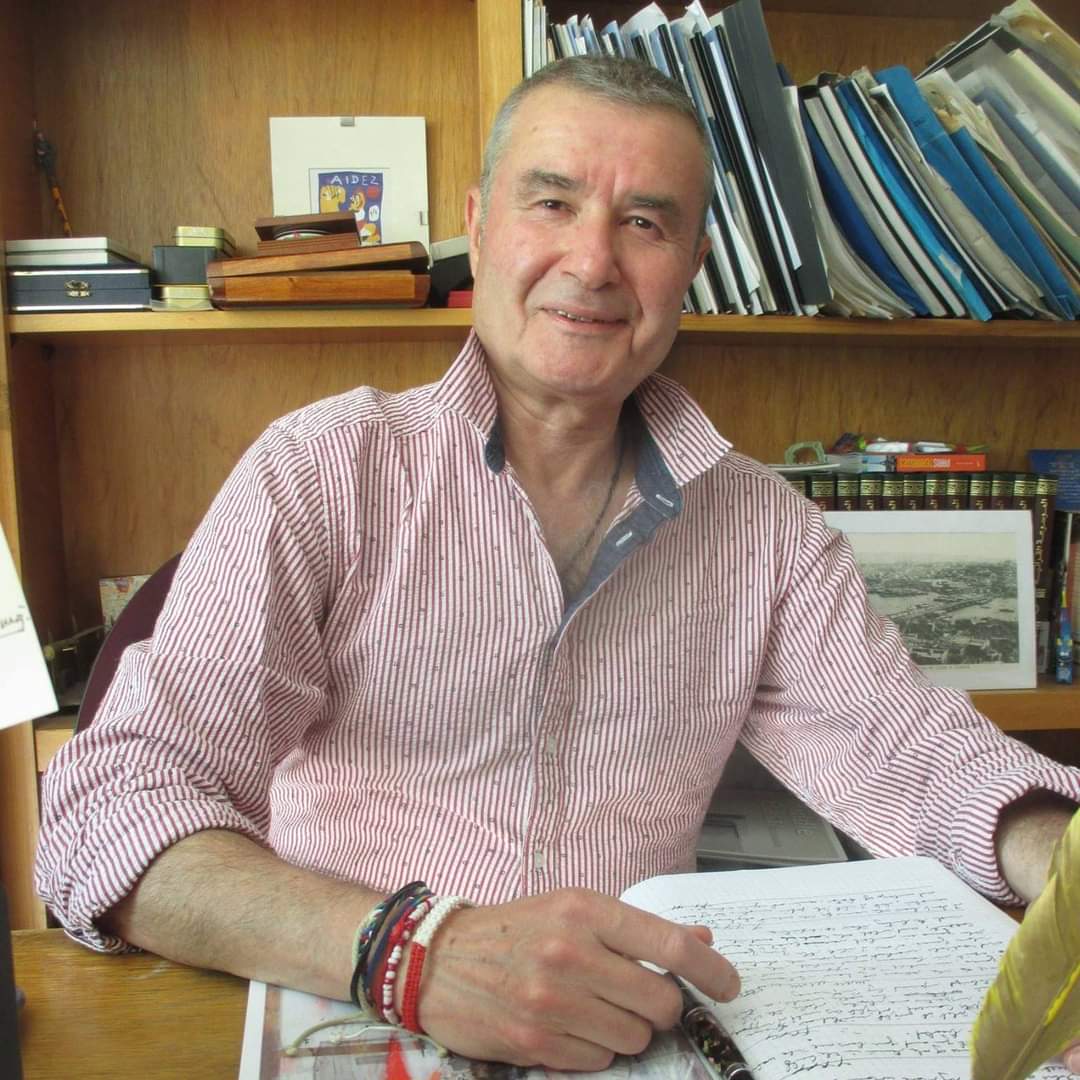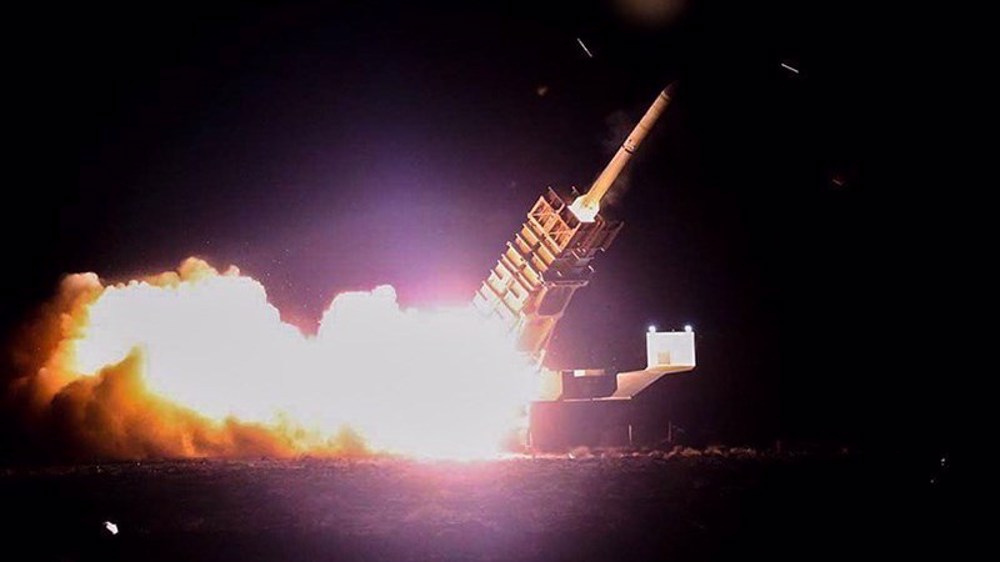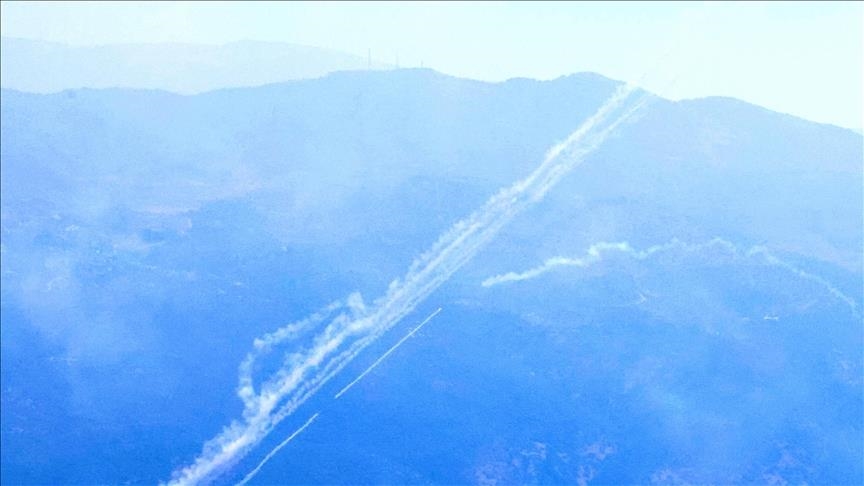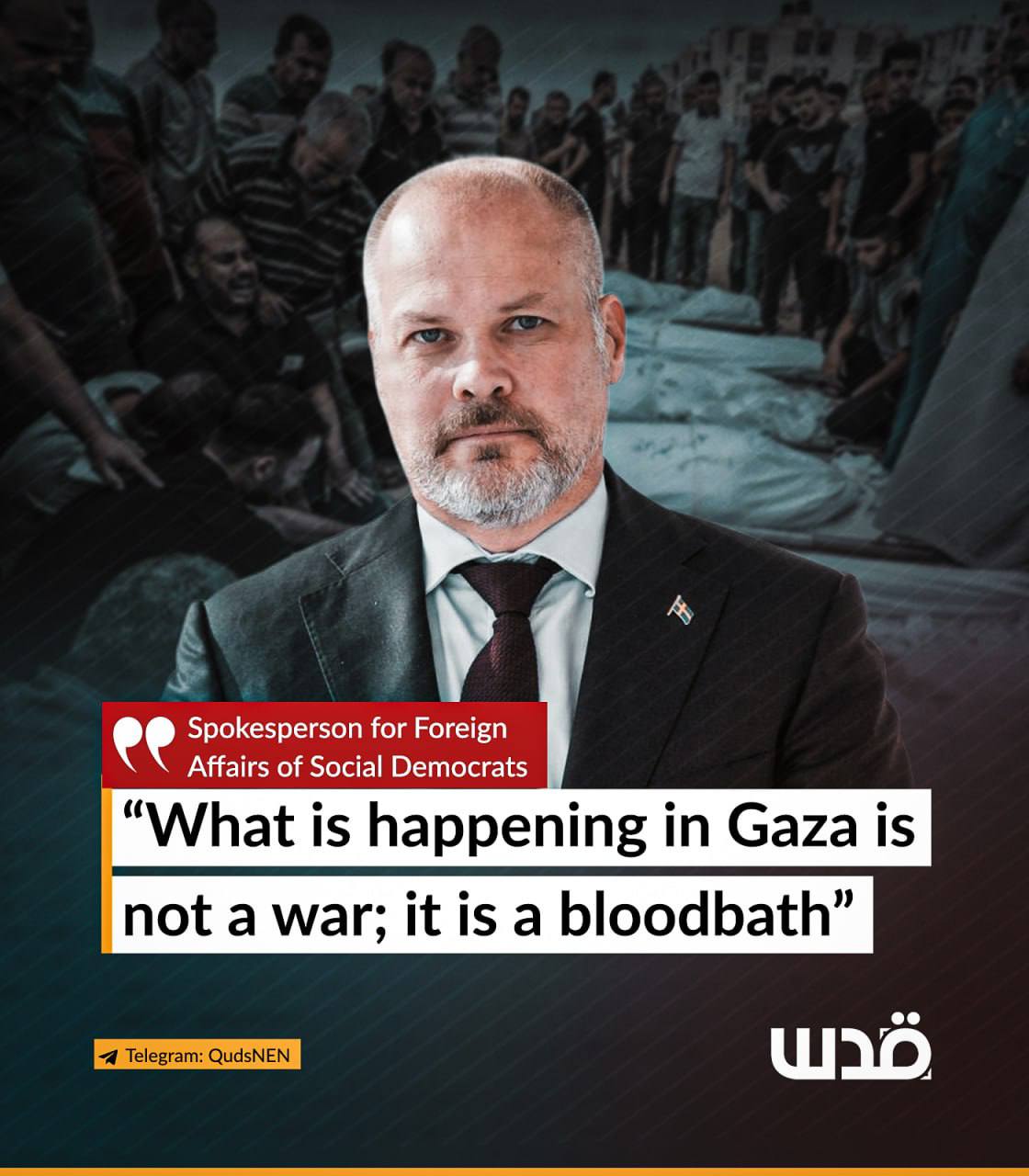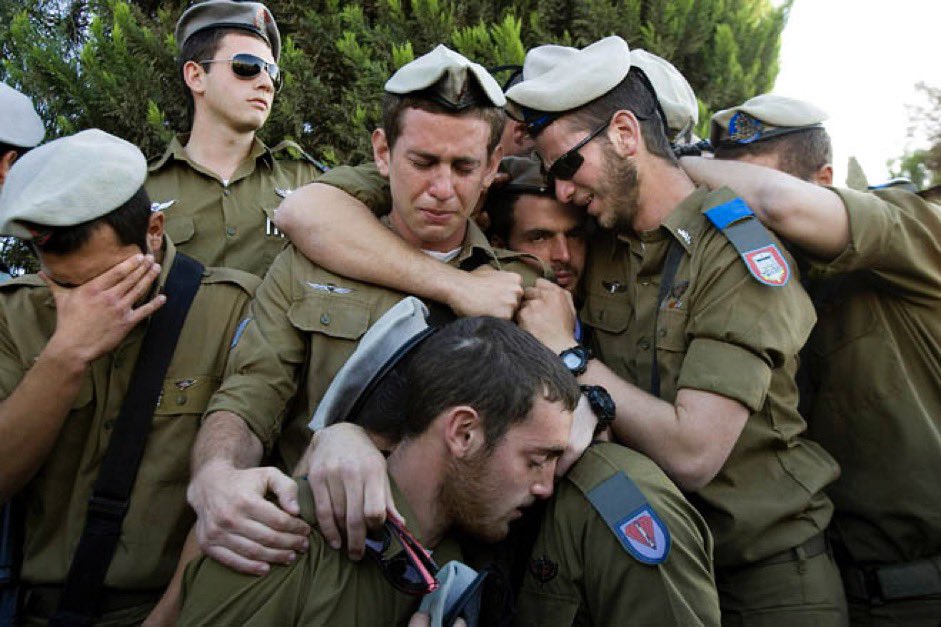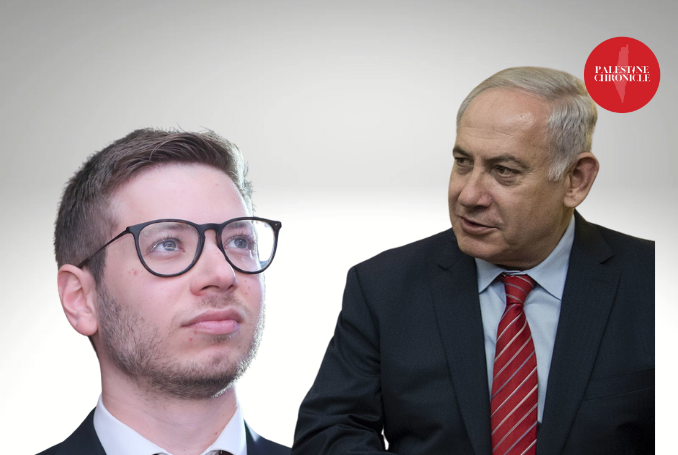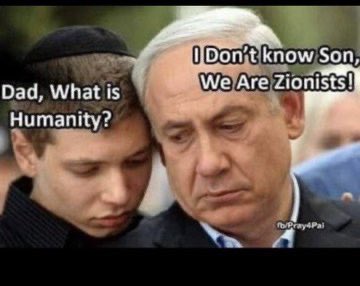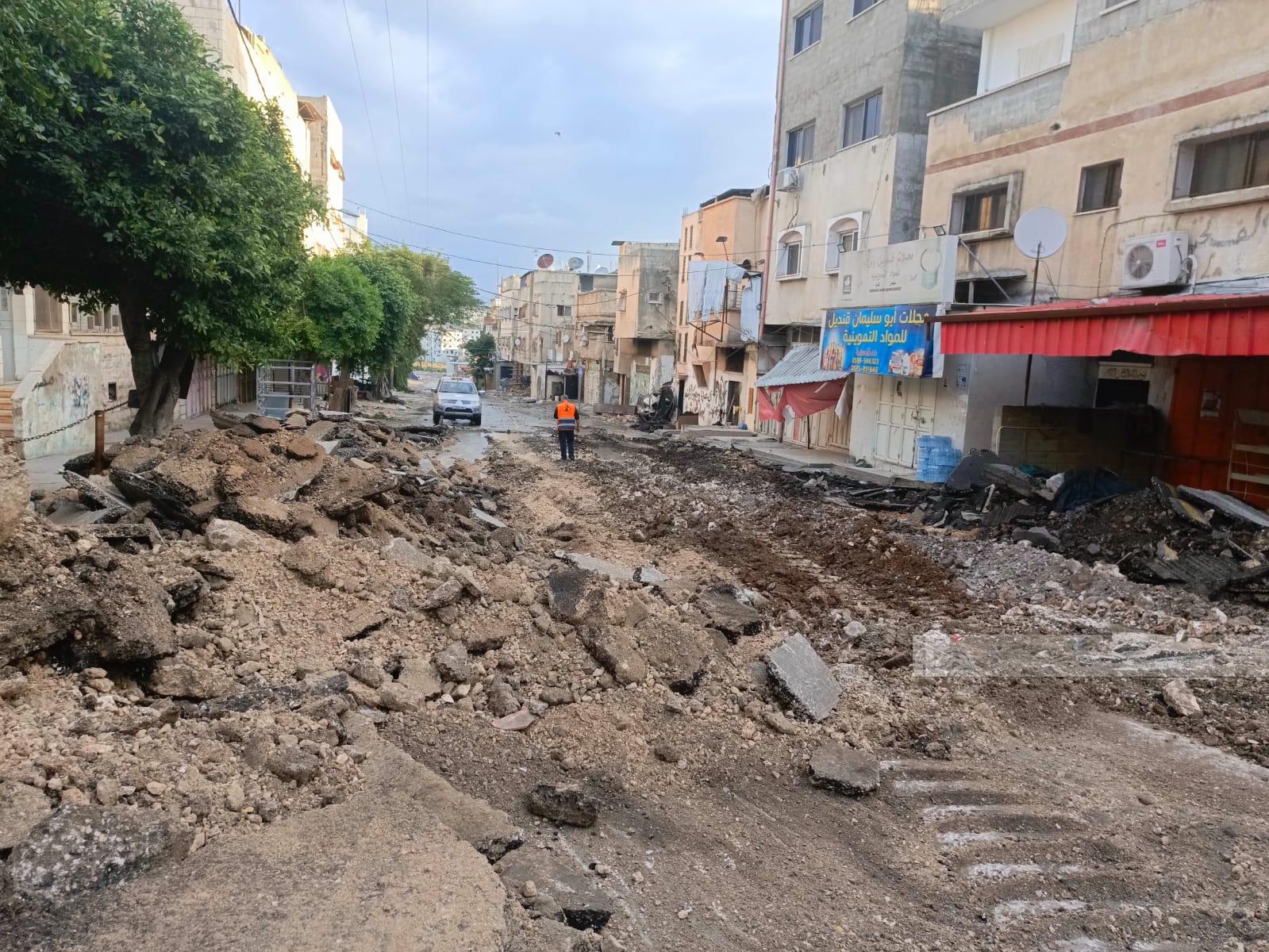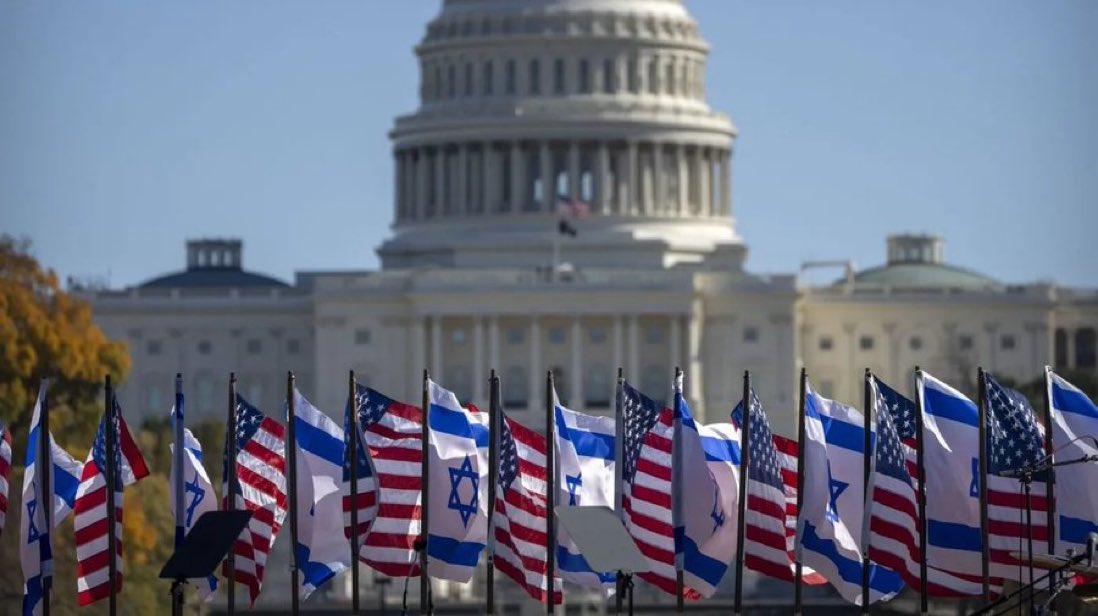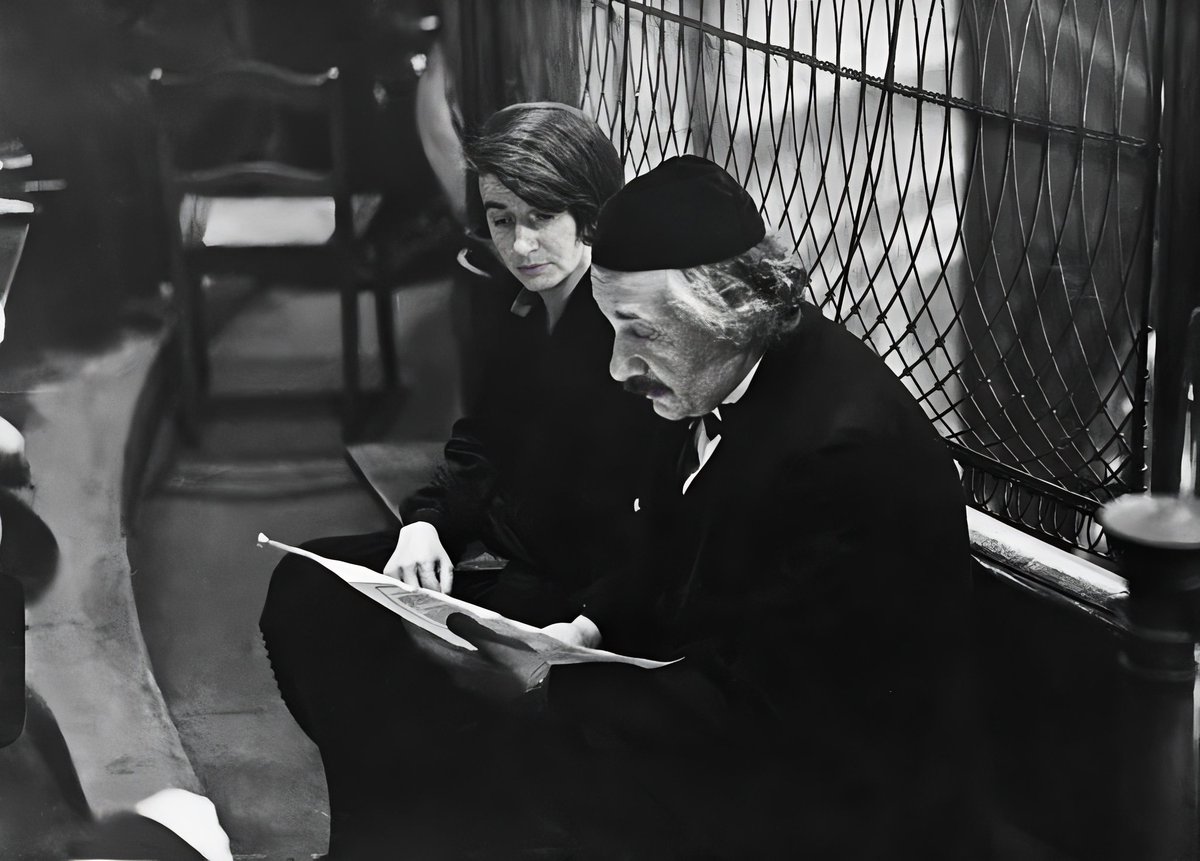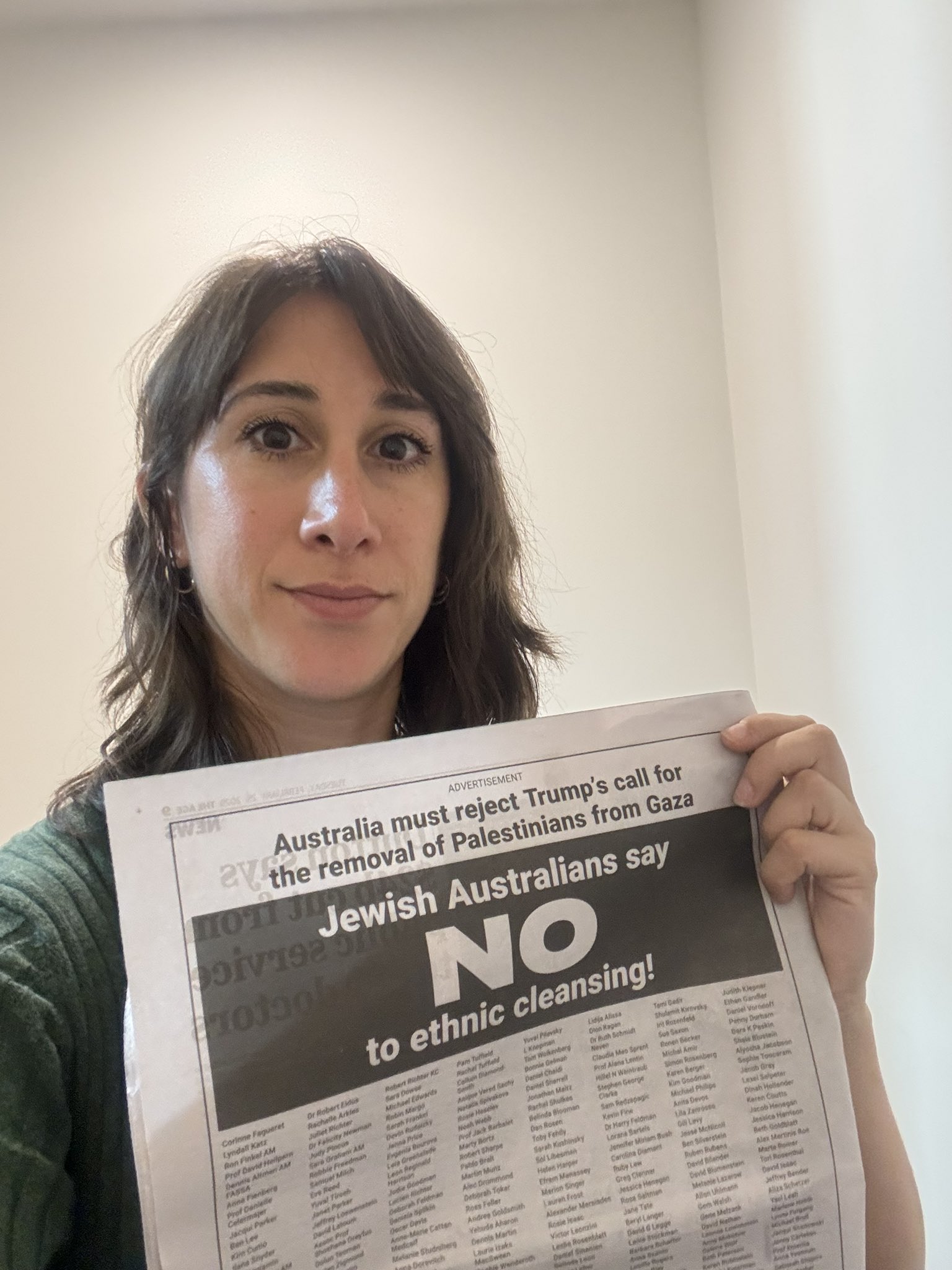Religion, Nationalism, Middle East Style!
Dr Khairi Janbek
When you consider yourself as a member of the greatest group in existence, irrespective of its characteristics, it is only natural to assume that the values of this group are the greatest, and consequently, the only valid values which are permissible to hold.
However, we must not delude ourselves, because religion cannot be neatly put in the pigeonhole as a moral, or personal spiritual force, for the very ancient nature of organised religion has given it a powerful role in defining peoples personal and group identities,
in other words, religion plays a national as well as personal, moral, and spiritual roles.
Nationalist and religious identities are both manifestations of the need for belonging, as people have the basic need to belong, a need which can be expressed in inclusive or an exclusive way leading to serious consequences.
Dualism
In the context of the Arab world, dualism has ruled supreme, the choice has always been, either religion or nationalism, but Iran, Israel and Turkey, have managed to fuse religion into nationalism. Each one of those countries, reflecting on themselves individually, thought of themselves as great nations, consequently, this meant that great nations require great religions, and not only that, but their own perspective of their own faiths can only be the true path.
The Arab world till now, shows that religion and nationalism remain irreconcilable, which makes it difficult for the Arab individual to understand Iranian, Israeli, and Turkish societies.
In fairness however, one must say that, the reluctance of any Arab state to claim representation of Islam is very likely to bring severe opposition from both Islamists and nationalists.
Therefore by separating Islam from nationalism, the individual Arab state strengthens its own brand of legitimacy, and as we see, every Arab state is comfortable with the abstract notion of an Islamic Umma (greater nation) in as much as it is comfortable with the abstract notion of Arab Umma (greater nation).
Dr Khairi Janbek is a Jordanian writer based in Paris and the above opinion is that of the author and doesn’t reflect crossfirearabia.com.

